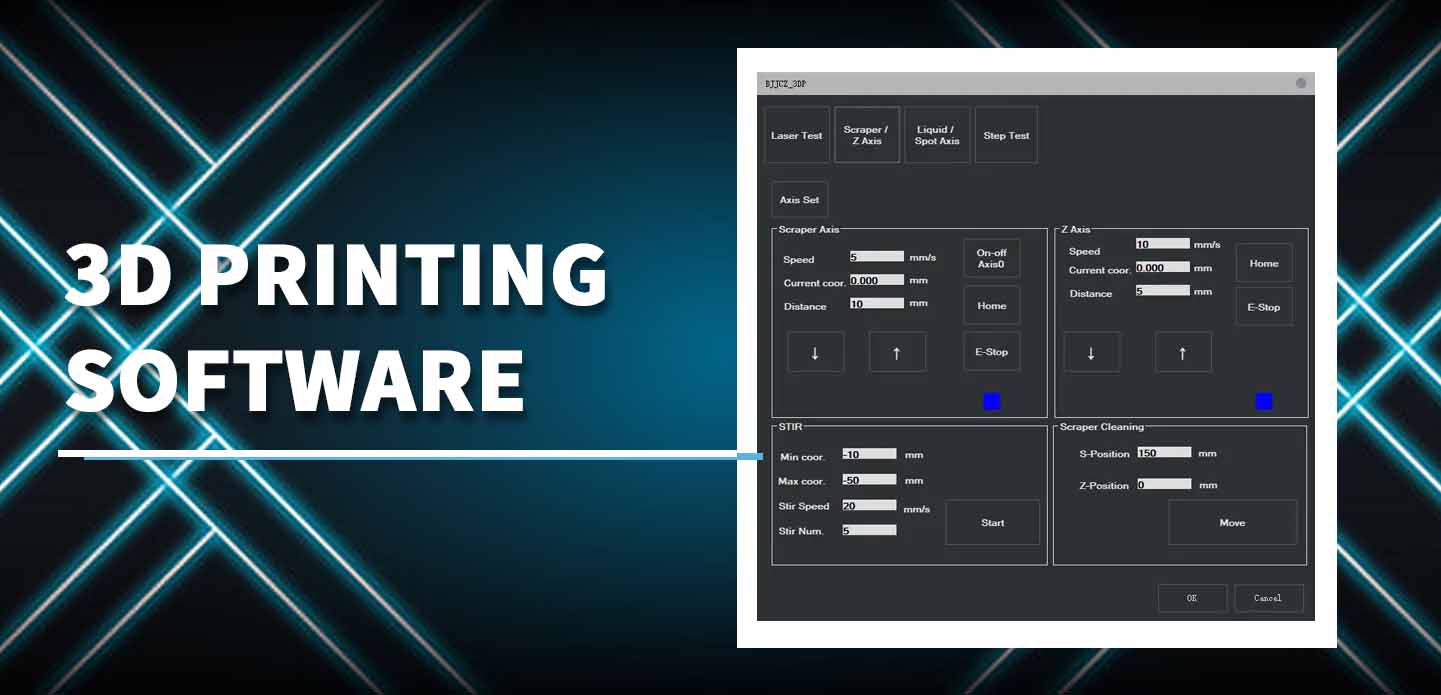3D printing has revolutionized manufacturing and prototyping across various industries by enabling the creation of complex geometries and functional parts directly from digital designs. Two key technologies that have significantly contributed to this advancement are Stereolithography (SLA) and Selective Laser Melting (SLM). These technologies, supported by sophisticated 3D printing software, play crucial roles in bringing digital concepts to physical reality with precision and efficiency.
Stereolithography (SLA)
Stereolithography is one of the oldest and most widely used techniques in additive manufacturing. It operates by using a focused ultraviolet (UV) laser to cure (harden) liquid photopolymer resin layer by layer, based on a 3D model’s cross-sectional data. Here’s how SLA works in the context of 3D printing software:
- Preparation of 3D Model: The process begins with the creation or acquisition of a 3D digital model using Computer-Aided Design (CAD) software.
- Slicing: Specialized 3D printing software slices the digital model into layers, generating a series of 2D cross-sectional images that dictate the path of the UV laser.
- Printing: During printing, the UV laser selectively solidifies the resin layer by layer, adhering each cured layer to the previous one until the entire object is formed.
- Post-Processing: Once printing is complete, the printed object undergoes post-processing, which may include cleaning excess resin, UV curing to finalize material properties, and surface finishing.
SLA is renowned for its ability to produce high-resolution parts with smooth surface finishes, making it ideal for applications requiring intricate details and fine features, such as jewelry, dental prosthetics, and prototype development in industries like automotive and aerospace.
Selective Laser Melting (SLM)
Selective Laser Melting differs significantly from SLA in its approach and application. SLM is a powder bed fusion technology that utilizes a high-powered laser to selectively melt and fuse powdered metal alloys or other materials, layer by layer, based on a 3D model. Here’s how SLM integrates with 3D printing software:
- Digital Preparation: Similar to SLA, the process begins with a 3D model generated in CAD software or obtained from a digital repository.
- Slicing and Parameter Setting: 3D printing software slices the digital model into layers and defines parameters such as laser power, scanning speed, and layer thickness based on the material being used.
- Printing: During printing, the high-energy laser beam scans across a bed of powdered material, melting and fusing particles together according to the predefined layers.
- Post-Processing: After printing, the part undergoes post-processing steps like heat treatment, machining, and surface finishing to achieve desired mechanical properties and surface characteristics.
SLM is particularly valued for its ability to produce strong, dense metal parts with excellent mechanical properties, making it suitable for applications in aerospace, medical implants, and automotive industries where durability and material integrity are critical.
The Role of 3D Printing Software
Both SLA and SLM rely heavily on advanced 3D printing software to translate digital designs into precise physical objects. Key functionalities of 3D printing software include:
- CAD Integration: Seamless integration with CAD software to import and prepare 3D models for printing.
- Slicing Algorithms: Efficient slicing algorithms that optimize print time and material usage while ensuring dimensional accuracy.
- Parameter Control: Precise control over printing parameters such as layer thickness, laser power, and scanning speed to achieve desired print quality.
- Support Structures: Generation of support structures to uphold overhanging features and complex geometries during printing.
- Simulation and Analysis: Tools for simulating the printing process and analyzing potential issues such as warping or distortion.
In conclusion, SLA and SLM represent two powerful technologies within the realm of 3D printing, each offering unique advantages depending on the application and material requirements. Supported by sophisticated 3D printing software, these technologies continue to push the boundaries of what’s possible in manufacturing, customization, and innovation across diverse industries worldwide.
由用户整理投稿发布,不代表本站观点及意愿,仅供交流学习之用,如涉及版权等问题,请随时联系我们(yangmei@bjjcz.com),我们将在第一时间给予处理。






